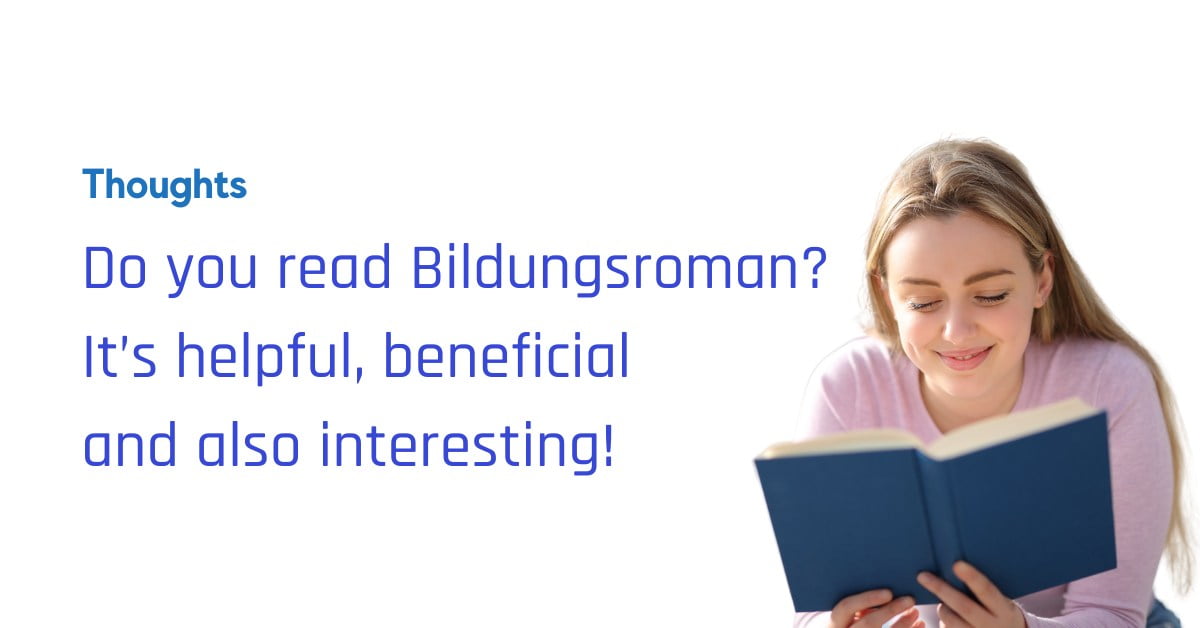Reading Bildungsroman Novels is Helpful for Teenagers and Youths – Analysis
Bildungsroman novels, a genre that focuses on the psychological and moral growth of the protagonist from youth to adulthood, can profoundly benefit teenagers and youths in several ways. As an expert literary critic and literature enthusiast, I’ll present a detailed argument for the value of reading bildungsroman novels.
1. Identity Formation: Adolescence is a critical period for identity formation, as young people grapple with questions of self-discovery and purpose. Bildungsroman novels often feature protagonists who undergo a journey of self-realisation and identity formation, navigating through various challenges and experiences. For instance, in J.D. Salinger’s “The Catcher in the Rye,” the protagonist Holden Caulfield’s quest for authenticity and meaning resonates deeply with many teenagers searching for their place.
2. Empathy and Perspective-taking: Reading bildungsroman novels allows teenagers to step into the shoes of characters from diverse backgrounds and circumstances. Such reading fosters empathy and perspective-taking as readers gain insight into the struggles and triumphs of others. For example, Chimamanda Ngozi Adichie’s “Americanah” follows the journey of a Nigerian immigrant navigating race and identity in America, offering readers a window into the immigrant experience.
3. Navigating Adversity: Adolescence is often marked by adversity, academic challenges, familial conflicts, or personal setbacks. Bildungsroman novels provide teenagers with narratives of resilience and perseverance, showing how protagonists overcome obstacles to achieve personal growth. One example is Harper Lee’s “To Kill a Mockingbird,” where the young protagonist Scout Finch learns important lessons about justice, compassion, and moral integrity amidst racial injustice in the American South.
4. Critical Thinking and Reflection: Engaging with bildungsroman novels encourages critical thinking and reflection among teenagers. They are prompted to analyse characters’ motivations, societal norms, and moral dilemmas, stimulating intellectual growth and introspection. For instance, in Jane Austen’s “Pride and Prejudice,” readers are invited to examine themes of social class, gender expectations, and personal agency through the experiences of the protagonist, Elizabeth Bennet.

Something for English literature students: What is Bildungsroman?
Real case studies and testimonials further support the argument for the benefits of reading bildungsroman novels among teenagers. For instance, a survey conducted by the National Endowment for the Arts found that adolescents who read literature, including bildungsroman novels, showed higher levels of empathy and emotional intelligence than non-readers. Additionally, numerous educators and psychologists advocate for incorporating bildungsroman literature into school curricula to promote emotional literacy and personal development among teenagers.
In conclusion, reading bildungsroman novels can benefit teenagers and youths, offering them valuable insights into identity formation, empathy, resilience, and critical thinking. Through engaging with diverse narratives and characters, young readers are entertained and enriched intellectually and emotionally, equipping them with the tools they need to navigate the complexities of adolescence and beyond.
If you are already curious to read a few bildungsroman novels, here is a list of major Bildungsroman novels published in the 21st century, accompanied by brief introductions to each work:
- The Kite Runner by Khaled Hosseini (2003): This novel follows the journey of Amir, a young boy from Kabul, Afghanistan, as he navigates through his childhood friendship with Hassan, the son of his father’s servant. The story explores themes of guilt, redemption, and the complex relationships between fathers and sons.
- The Curious Incident of the Dog in the Nighttime by Mark Haddon (2003): This novel is told from the perspective of Christopher John Francis Boone, a 15-year-old boy with autism spectrum disorder. The story follows Christopher as he investigates the death of a neighbour’s dog, uncovering secrets about his own family in the process.
- The Namesake by Jhumpa Lahiri (2003): This novel follows the life of Gogol Ganguli, a first-generation Indian American, as he navigates the complexities of his cultural identity and familial expectations. The story explores themes of belonging, tradition, and the immigrant experience.
- The Time Traveler’s Wife by Audrey Niffenegger (2003): This novel tells the story of Henry DeTamble, a librarian with a genetic disorder that causes him to time travel involuntarily, and his relationship with artist Clare Abshire. The novel explores themes of love, loss, and the impact of time on relationships.
- The Road by Cormac McCarthy (2006): This post-apocalyptic novel follows a father and son struggling to survive in a desolate landscape. The story explores themes of survival, the bond between parent and child, and the nature of humanity in the face of adversity.
- The Brief Wondrous Life of Oscar Wao by Junot Díaz (2007): This novel follows the life of Oscar de León, a Dominican-American nerd and aspiring writer, as he navigates the complexities of Dominican history, family curses, and his own identity. The story explores themes of family, love, and the immigrant experience.
- The Fault in Our Stars by John Green (2012): This novel follows the story of Hazel Grace Lancaster, a teenage girl with terminal cancer, as she falls in love with Augustus Waters, a fellow cancer patient. The novel explores love, loss, and the meaning of life.
- Americanah by Chimamanda Ngozi Adichie (2013): This novel follows the story of Ifemelu, a Nigerian woman who immigrates to the United States for college, and her experiences with race, identity, and love. The novel explores themes of race, immigration, and the complexities of returning to one’s homeland.
- The Goldfinch by Donna Tartt (2013): This novel follows the life of Theo Decker, a young man who survives a terrorist bombing at an art museum that kills his mother. The story explores themes of grief, identity, and the power of art to shape one’s life.
- Normal People by Sally Rooney (2018): This novel follows the complex and ever-changing relationship between two Irish teenagers, Marianne and Connell, as they navigate the challenges of love, class, and mental health. The story explores themes of love, friendship, and the impact of social status on relationships.
These novels showcase the diversity and depth of the Bildungsroman genre in the 21st century, exploring a wide range of themes and experiences that resonate with readers worldwide. Want to read more? Read by Critics has compiled a comprehensive list of the best Bildungsroman novels.
I hope this article will help readers understand the importance of reading bildungsroman novels. From the classics by James Joyce to contemporary ones by John Green, you can pick up any title you like.
